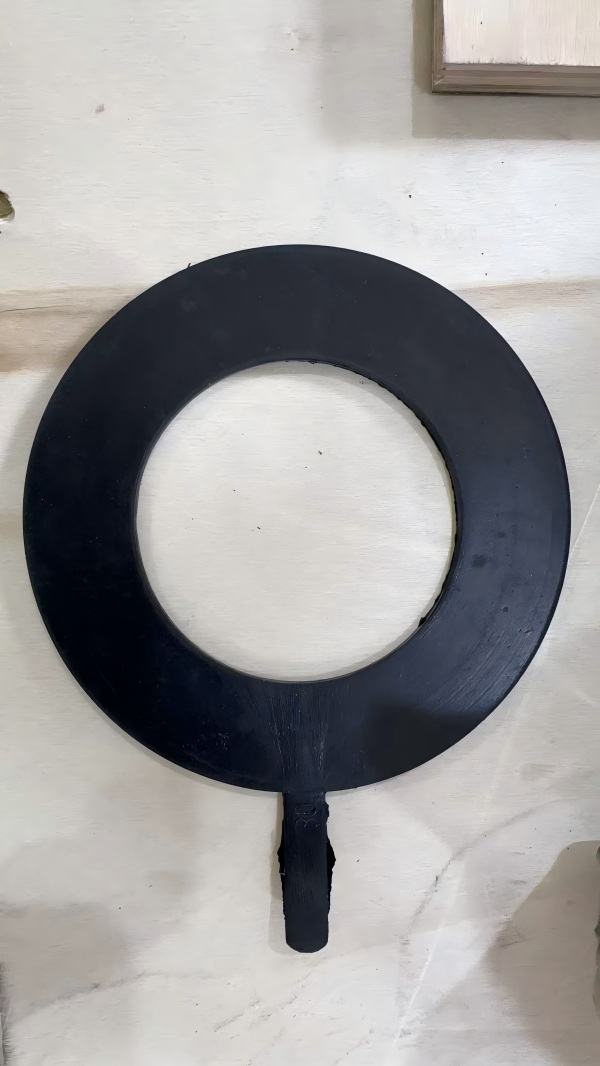Valve gaskets are designed to prevent leaks caused by pressure, corrosion, and thermal expansion/contraction between components. While nearly all flanged connection’s valves require gaskets, their specific application and importance vary by valve type and design. In this section, TWS will explain valve installation positions and gasket material selection.
I. The primary application of gaskets is at the flange joint of valve connections.
Most common usage valve
- Gate Valve
- Globe Valve
- Butterfly valve (especially the concentric and double eccentric flanged butterfly valve)
- Check valve
In these valves, the gasket is not used for flow regulation or sealing within the valve itself, but is installed between two flanges (between the flange of the valve itself and the pipe flange). By tightening the bolts, sufficient clamping force is generated to create a static seal, preventing leakage of the medium at the connection. Its function is to fill the tiny uneven gaps between the two metal flange surfaces, ensuring 100% sealing at the connection.
II. Application of Gasket in Valve “Valve Cover”
Many valves are designed with separate valve bodies and covers for easier internal maintenance (e.g., replacing valve seats, disc valves, or clearing debris), which are then bolted together. A gasket is also required at this connection to ensure a tight seal.
- The connection between the valve cover and the valve body of the gate valve and the globe valve usually requires the use of a gasket or an O-ring.
- The gasket at this position also serves as a static seal to prevent the medium from leaking from the valve body into the atmosphere.
III. Special gasket for specific valve types
Some valves incorporate the gasket as part of their core sealing assembly, designed to be integrated within the valve structure.
1. Butterfly valve-valve seat gasket
- The seat of butterfly valve is actually a ring gasket, which is pressed into the inner wall of the valve body or installed around the butterfly disc.
- When the butterfly disc closes, it presses the valve seat gasket to form a dynamic seal (as the butterfly disc rotates).
- The material is typically rubber (e.g., EPDM, NBR, Viton) or PTFE, designed to accommodate various media and temperature conditions.
2. Ball Valve-Valve Seat Gasket
- The valve seat of a ball valve is also a type of gasket, typically made from materials such as PTFE (polytetrafluoroethylene), PEEK (polyetheretherketone), or reinforced plastics.
- It provides a seal between the ball and the valve body, serving both as a static seal (relative to the valve body) and a dynamic seal (relative to the rotating ball).
IV. Which valves are typically not used with gaskets?
- Welded valves: The valve body is directly welded to the pipeline, eliminating the need for flanges and gaskets.
- Valves with threaded connections: They typically use threaded sealing (such as raw material tape or sealant), generally eliminating the need for gaskets.
- Monolithic valves: Certain low-cost ball valves or specialized valves feature an integral valve body that cannot be disassembled, thus lacking a valve cover gasket.
- Valves with O-rings or metal-wrapped gaskets: In high-pressure, high-temperature, or special-medium applications, advanced sealing solutions may replace conventional non-metallic gaskets.
V. Summary:
Valve gasket is a kind of general cutting key sealing element, it is widely used in the pipeline connection of various flange valves, and also used in the valve cover sealing of many valves. In the selection, it is necessary to choose the appropriate gasket material and form according to the type of valve, connection mode, medium, temperature and pressure.
Post time: Nov-22-2025





